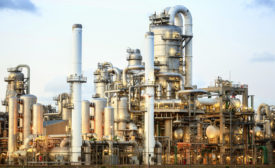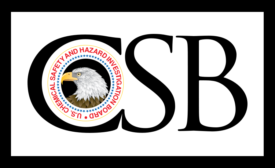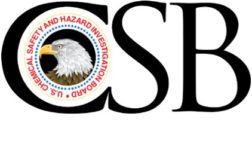Home » CSB investigation
Articles Tagged with ''CSB investigation''
Here's why drinking water for thousands was contiminated
CSB: Communication, maintenance shortcomings behind 2014 Freedom Industries chemical spill
September 28, 2016
CSB wraps up investigation into 2009 blast at petroleum facility in Puerto Rico
Report finds inadequate management of gasoline storage tank overfill hazard
October 22, 2015
A “Shock to the System”
New CSB video shows dangers of hydraulic shock in ammonia refrigeration systems
March 30, 2015
'Explosive decompression' likely cause of 2010 Pa. zinc explosion
Two operators were killed, a third injured
March 13, 2015
Become a Leader in Safety Culture
Build your knowledge with ISHN, covering key safety, health and industrial hygiene news, products, and trends.
JOIN TODAYCopyright ©2024. All Rights Reserved BNP Media.
Design, CMS, Hosting & Web Development :: ePublishing





